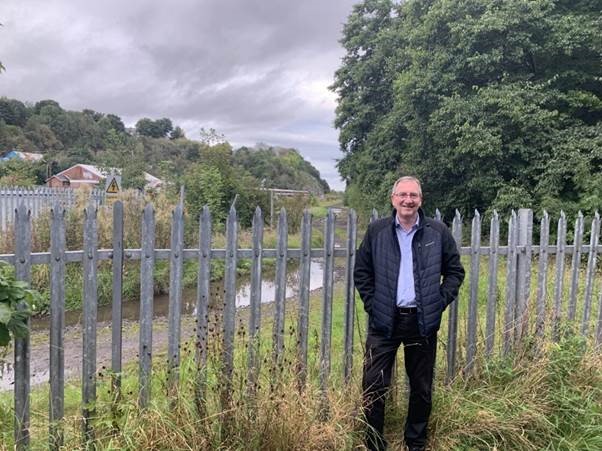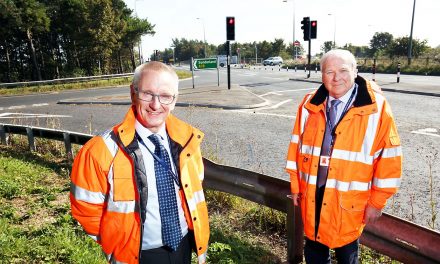Sedgefield MP, Paul Howell has welcomed the announcement, by Prime Minister Rishi Sunak, that the £36 billion previously earmarked for HS2 would instead be reinvested in new transport infrastructure in the North and Midlands.
Network North will see £19.8 billion of transport funding for the North region. It will commit to reopening lines axed in the Beeching cuts of the 1960s such as the Leamside Line, a move that would see Ferryhill Station reopening as a passenger railway station, providing better access to jobs, education, family and friends, leisure and health facilities, to residents in Ferryhill, Spennymoor, West Cornforth and Sedgefield.
Additional funding will be invested in local transport authorities to allow them to transform local transport networks. North East Combined Authority will receive c.£1.2bn from the City Region Sustainable Transport Settlements (CRSTS) 2 budget, plus a further £0.7bn on top – funded from HS2, whilst the Tees Valley Combined will receive c.£0.6bn from the CRSTS 2 budget, plus a further c.£0.4bn on top. That is more than triple their previous allocation under CRSTS 1 which were £0.6 billion and £0.3 billion respectively.
Paul Howell MP has been campaigning since his election as Member of Parliament in 2019, for the reopening of the Ferryhill railway station and submitted a business case after working with the joint administration at Durham County Council. The case reopening passenger services on the Skillington spur freight route, that would give Ferryhill a direct link to Durham northwards and Teesside to the south. The station would also be the first station on a reopened Leamside line.
On receiving the news Mr Howell said ‘“The Prime Minister is right- HS2 billions will be better spent on other projects. Now is an ideal time for the Government to take positive action that can transform transport, making use of existing infrastructure and therefore cutting capital costs.
“At a time when the focus is on value for money, I am pleased the Government is now looking into fully utilising the country’s existing resources, rather than pouring extra billions into the second leg of High Speed 2. Reviving existing railway lines has the ability to improve lives for people across the whole country and, rather than connecting major cities that already have links, bring effective public transport to areas that have been cut off from the transport grid for decades.”
MP Celebrates Reopening of Ferryhill Station & Leamside










